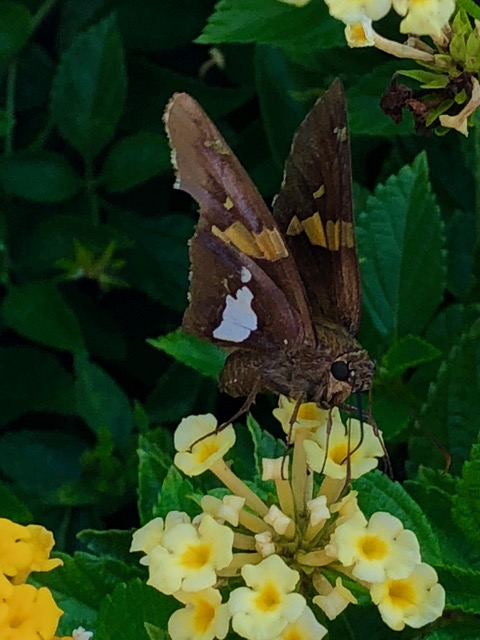Scarlet Tanager Calls
Monday, July 22nd, 2019Early this afternoon, I heard the repeated chik-brrr calls of a Scarlet Tanager in the dense leaves of trees and bushes on the eastern edge of our yard. The calls are sharp and distinctive, with a faintly buzzy quality that feels almost electric. Sometimes it’s just the chik call, repeated several times, and then it returns to chik-brrr. Though quiet and unobtrusive, the calls are so expressive it’s easy to imagine the birds, maybe a pair, calling back and forth to each other as they move, unseen, through the leaves of the woods.
The Scarlet Tanager’s call is one of the best examples of how helpful it is to recognize birds by ear because – despite its brilliant red and black colors – a Scarlet Tanager can be frustratingly hard to see. It’s a bird that prefers deep woods and stays most often hidden in the higher, leafiest parts of the trees. I hear them many times more often than I see them – though to see one is always amazing. A male Scarlet Tanager is a medium-size songbird, bright red, with contrasting black wings and tail. The female is beautiful in her own way, much more subdued in color, olive-yellow with shadowy, darker wings and tail.
A Scarlet Tanager’s call might actually be considered more appealing than its song, which is often described as sounding like a robin with a sore throat – a series of several phrases that rise and fall, with notes that sound harsh or awkward. It lacks the more musical quality of a robin’s song – or the smoother, lilting song of its close relative, a Summer Tanager.
A Scarlet Tanager sang in the woods beyond our back yard from May 5 of this year through all of June. It made a steady circuit through the trees each day, following the same pattern, beginning very early in the mornings, most of the time staying pretty far away. Sometimes it came quite close, but I never succeeded in seeing it. At some point, it fell quiet, and I haven’t heard its song now since July 2. So these calls are a welcome sign that at least one, and maybe more are still close around.
Scarlet Tanagers are long-distance neotropical migrants that spend summers in the deciduous forests of eastern North America, and winters in northwestern South America. They depend on large areas of hardwood forest for breeding and nesting, and are considered very sensitive to forest fragmentation. For this reason, there is some concern for their future.
In places like the woods that surround our neighborhood – patchy, second-growth woodlands that can’t be described as forest, really – Scarlet Tanagers often suffer greatly from predators and parasitism. On the other hand – given the loss of so much forested land in recent decades, it may be that places like these woods can offer precarious, but much-needed refuge. I do not know if the Scarlet Tanagers I’ve heard have nested successfully. I can only hope.
Much later in the afternoon today, I heard the chik-brrr calls again, in the middle of a small thundershower, coming from the same leafy area, not far from my office windows. Along with the sweet rush of a summer rain and the soft rumble of thunder – some of summer’s most happy sounds.
